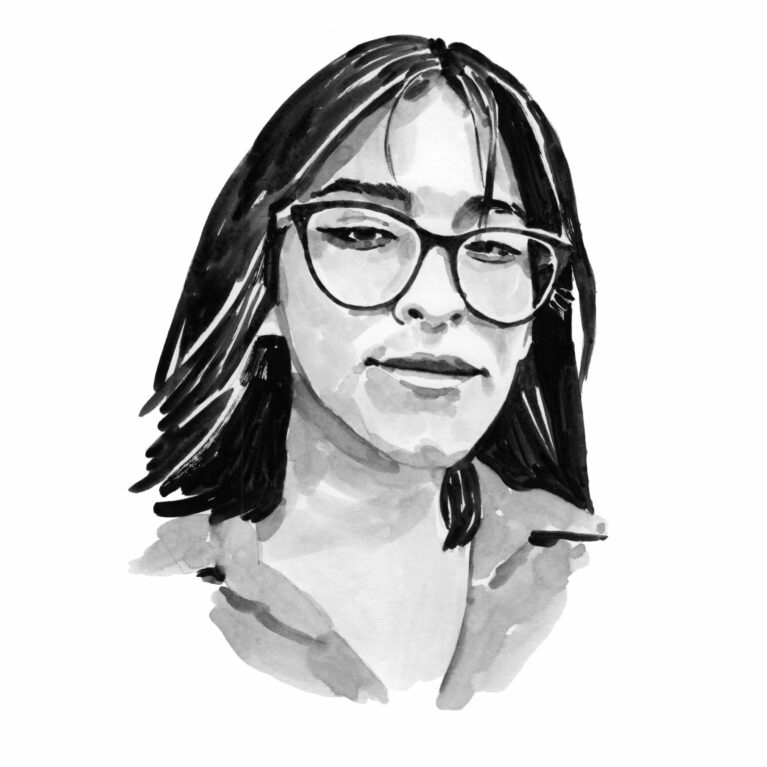Nelly Giannina Peña Cutimbo

Who I am
I am a biologist with a degree from the Universidad Nacional Federico Villarreal (UNFV) in Lima, Peru, and the daughter and a relative of artisanal fishers, so I have always had a strong connection with the marine environment. I am dedicated to the research of elasmobranchs, with an emphasis on rays, and I belong to the NGO ProDelphinus as an associate researcher. At the same time, I have done some volunteer work and courses at shark- and ray-related organisations and institutions such as Misión Raya, the Squalab chondrichthyan study and research laboratory in Peru and the Chondrolab chondrichthyan biology and conservation laboratory in Chile. Also, I have been an intern at the Laboratory of General and Specialized Parasitology of the UNFV in stingray parasites and am a member of Minorities in Shark Sciences, which supports black and mixed-race women dedicated to the science of elasmobranchs. Currently I belong to Coalición Tiburón Perú, where we conduct scientific outreach programmes to demystify sharks and promote the conservation of elasmobranchs. At the same time, I am the general coordinator of the Marine Biology and Limnology Network of the UNFV, which seeks to promote student research in this field.
My closeness to the artisanal fishery community has been fundamental to directing my research, since it has allowed me to build up a network of research centres in the area of marine biology and limnology. It has also been essential to my assimilation of the type of research I am conducting, so at the same time I seek to give back to artisanal fishers. This I do by making sure that my research contributes to the better management of their resources, which in turn ensures the sustainability of their work and the stability of their family economy.
Where I work
The study takes place in the Humboldt Current System, off the coast of Peru in the south-eastern Pacific Ocean. It is being conducted specifically in the port of Pucusana (Lima-Peru), which is characterised by its large landings of Chilean eagle rays.
What I do
A workshop was held to present the project to artisanal elasmobranch fishers from Pucusana. The objectives and purposes of the project were shown, and through this means we sought to make contact with fishers interested in selling Chilean eagle rays to the project. Similarly, we spoke to fishers who are allied to ProDelphinus so that we have more options for obtaining individual Chilean eagle rays. We subsequently spent five days in the harbour monitoring the arrival of specimens. On the days when we are not in the harbour, a local person is there to help us obtain specimens. Once samples from different groups (juveniles, sub-adults and adults) have been obtained, they are processed in the laboratory to clean and preserve them for later analysis. Then they are sent to the Chondrolab laboratory, where the best areas on the vertebrae for reading growth rings are determined. On the samples’ return to Peru, the areas for vertebrae extraction are standardised and the process is followed.
At the same time, workshops on the sustainability of fisheries and the importance of elasmobranchs, with emphasis on the Chilean eagle ray, are held. To promote sustainable fishing, challenges that we monitor are held among the fishers of Pucusana. We have also prepared a presentation containing basic preliminary results of our work to share with the local fishers.
